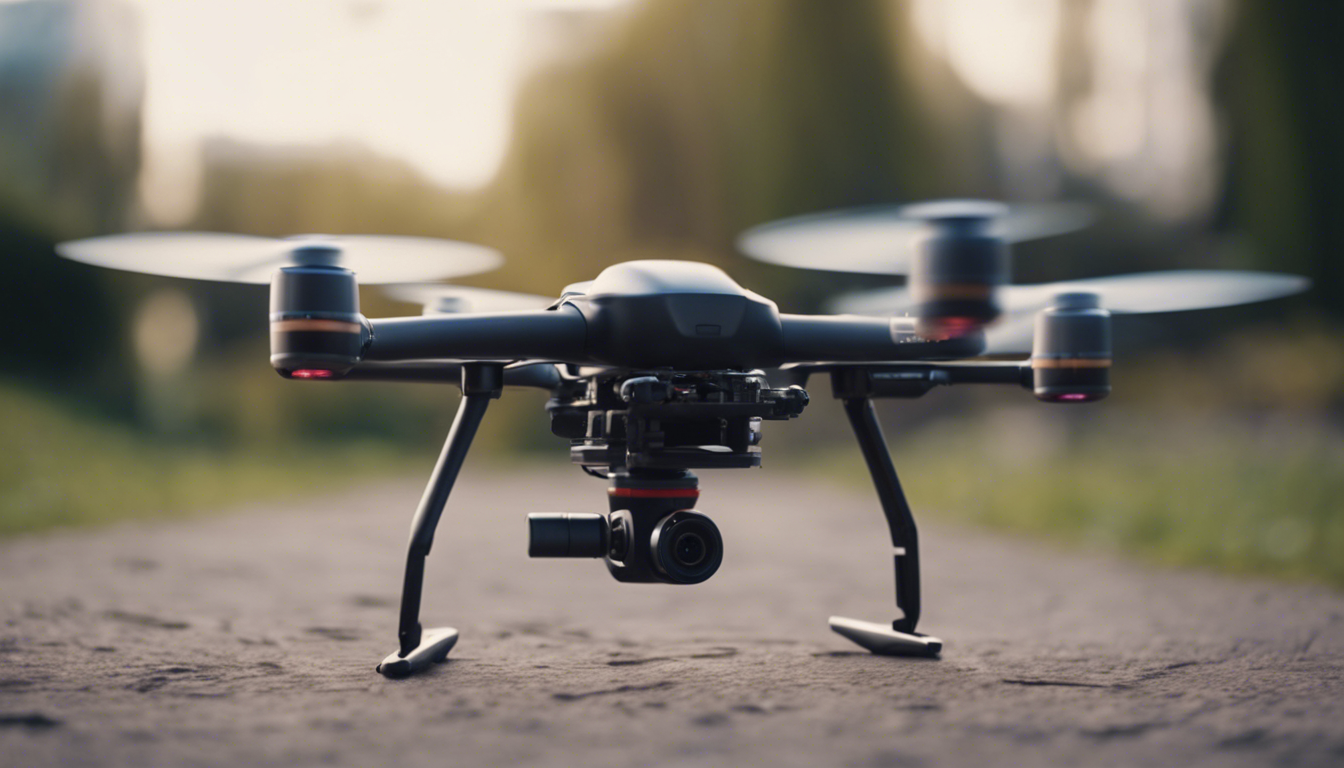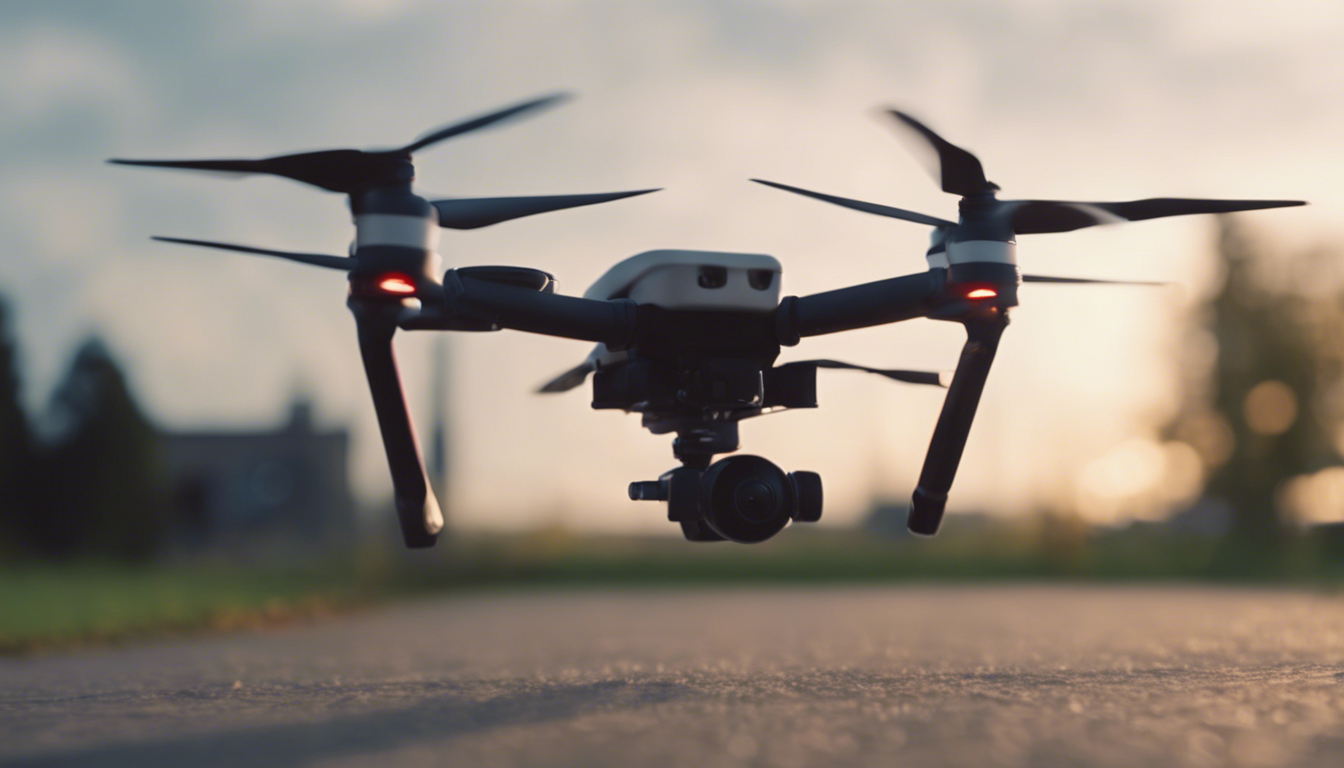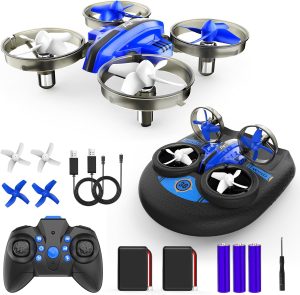
Understanding drone battery chemistry and capacity
Let’s discover the world of drones and their power packs. Your drone’s flight time, and zest for zipping around the sky, heavily leans on one silent hero: the battery. Understanding the chemistry and capacity of your drone’s battery is not just about knowing what juices it up; it’s the foundation for maximizing your drone’s performance.
Typically, consumer drones are powered by lithium-polymer batteries, commonly referred to as LiPo. What makes these batteries the go-to for drone enthusiasts? LiPo batteries are lightweight, offer high energy densities, and can handle the high discharge rates drones demand for takeoff, flight, and those impressive acrobatics.
Now, let’s unwrap ‘capacity’. When we talk about battery capacity, we’re really talking about how much power the battery can store, which is measured in milliampere-hours (mAh). It is like the size of your petrol tank, but for electricity. A higher mAh rating means your drone can stay airborne longer, given it doesn’t have to power other energy-hogging functions or additional payloads.
Here’s an interesting nugget: temperature can affect your drone’s battery capacity. LiPo batteries, while robust and versatile, have a sweet spot for operating temperature. Stray too far from that range, hot or cold, and your drone’s flight time might take a nosedive. Batteries get a bit lazy in the cold – they don’t release their charge as effectively, leading to shorter flights. But, don’t get ideas about heating them up too much! Too warm, and they can get dangerously overexcited, leading to reduced lifespan or even a fire hazard.
It’s easy to overlook, but the ‘C’ rating on your drone’s battery also plays a critical role. This rating tells you the maximum continuous discharge rate the battery is capable of. A higher ‘C’ means you can push your drone harder, but it doesn’t necessarily mean longer flight times. Just think of it as the difference between having a sprinter or a marathon runner: It all depends on the race you’re flying.
Understanding your drone’s battery chemistry and capacity isn’t just technical jargon. It is about unlocking the potential for longer flights, more spectacular footage, and getting the most out of your high-flying buddy. So, keep these nuggets of knowledge in your pilot’s toolbox, and your drone will thank you with performance that soars.

Optimal charging strategies for extended battery life
Now, let’s crank up the dial on your drone’s battery life with some charging wisdom. Picture this: you come home after a grand day of flying, and you plug your battery in to charge. Easy-peasy, right? But what if I told you that how you charge your batteries can greatly affect their lifespan and performance?
First things first, avoid charging your batteries immediately after a flight. Give them some time to cool down to the touch; that is when they are ready for a nice, relaxing charge. And speaking of relaxing, a balanced charge is what we’re aiming for here. Use a charger that can charge each cell equally, preventing overcharging and extending the overall life of the battery.
Now, here’s a little-known trade secret: The charge rate. Most hobbyists stick to the standard 1C charge rate, which means charging the battery at a current that’s equivalent to its capacity. For a 1000mAh battery, that would be a charge current of 1 Ampere. That’s the safe sweet spot for most LiPo batteries; however, if you are in less of a rush, ponder charging at a lower rate for even gentler handling of your battery’s chemistry.
Remember, patience can be a virtue when it comes to charging your drone batteries. Rushing the process with a fast charge might get you back in the air quickly, but at the expense of your battery’s health and longevity.
Now, don’t get tempted to leave your batteries hooked up to the charger overnight. Even with smart chargers that cut off when the battery is full, it is not a good idea to leave them unattended for too long. Instead, get into the habit of unplugging your battery once the charge is complete. This is not just good for safety; it’s also a practice that can help stave off wear and tear from potential overcharging.
Storage is another crucial part of optimal battery management. If you are not planning to use your drone for a bit, don’t leave the batteries fully charged. Instead, store them at around 50 to 60 percent capacity, in a cool, dry place. That is known in the biz as the storage charge, and it is a superb hack for keeping your batteries in tip-top shape between flights.
Lastly, keep an eye on your batteries for any signs of wear, such as puffing or distortions. These are signals that a battery is heading towards retirement and should be replaced to ensure safe flying. Consider of these as the lines on your face, telling the stories of many great flights; but when the tale turns to a horror story, it is time to let go.
Incorporate these smart charging strategies into your routine, and you’ll likely find that not only does your drone fly for longer after each charge, but that your batteries maintain their oomph over many more flights. So charge smart, not hard, and your drone adventures will keep soaring to new heights.
Implementing flight planning and power-saving features
Got your drone batteries charged and ready? Great! But before you rush out the door, let’s talk strategy. Implementing clever flight planning can make a significant difference in battery performance. Sticking to the game plan and engaging power-saving features isn’t just for tech geeks – it’s savvy flying for any drone pilot who wants more time in the sky.
First off, embrace the weather forecast as your new best friend. Headwinds? Those will have your drone working overtime and guzzling battery juice. Plan your flight for calm days, or at least start against the wind, so you’ll have an easier trip back when the battery starts to get low.
Now, ponder your drone’s payload. Are you adding extra weight with a camera or sensors? Every gram counts. Lighter means longer when it comes to flight times. Only carry what you need for the mission at hand, and you’ll squeeze extra minutes out of your flight.
And let’s not forget the wonders of flight patterns! Smooth and steady not only wins the race; it keeps power consumption in check. Aggressive maneuvers and constant speed changes are like lead feet on the gas pedal – a fast track to an empty battery.
Little-known fact: even the height at which you fly can impact battery life. Flying closer to the ground might expose your drone to more air resistance. Higher altitudes can be smoother sailing, conserving that precious battery power. Of course, always stay within legal and safe flying heights!
Power-saving features are also here to help. Many drones come with eco-modes that tune down performance to extend battery life. Sure, it might not be as thrilling as flying at maximum speed, but for long monitoring tasks or relaxed aerial surveys, it is perfect. It’s like choosing a scenic bike path over a sprint – both get you there, but one way your battery’s not panting when you arrive.
- Use GPS waypoints – Automating your flight path using GPS waypoints isn’t just ultra-cool; it’s also a way to plot the most efficient route, avoiding unnecessary detours and keeping battery consumption to a minimum.
- Return Home feature – It is not only a safety net when you lose sight of your drone; it’s also an energy saver. Engage Return Home when the battery dips to a set percentage, and your drone will beeline back to you before it becomes a high-tech paperweight.
- Monitor Battery Health – Keep an eye on your drone’s battery stats. Contemporary drones come with sophisticated software that gives you real-time info on battery health. Use this data to make informed decisions during flight to conserve energy.
By applying these flight planning and power-saving nuggets, you’ll not only extend your battery life but also become a more responsible and effective drone pilot – win-win! It’s all about the long game; stretching out those flight minutes and getting the most out of every charge is the name of the game. Happy and efficient flying!
